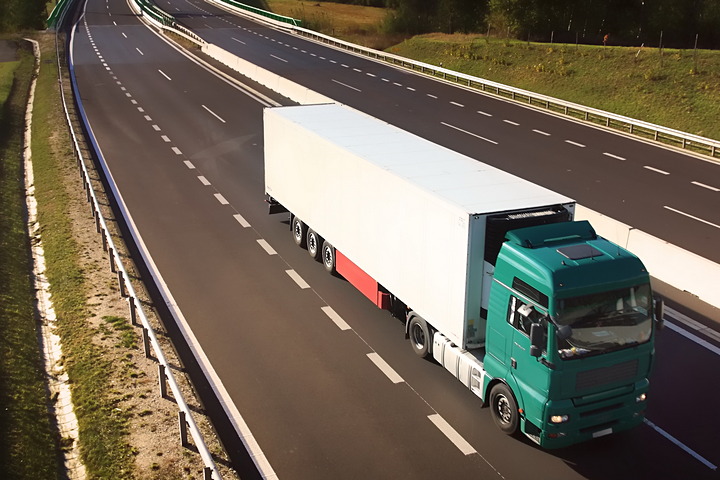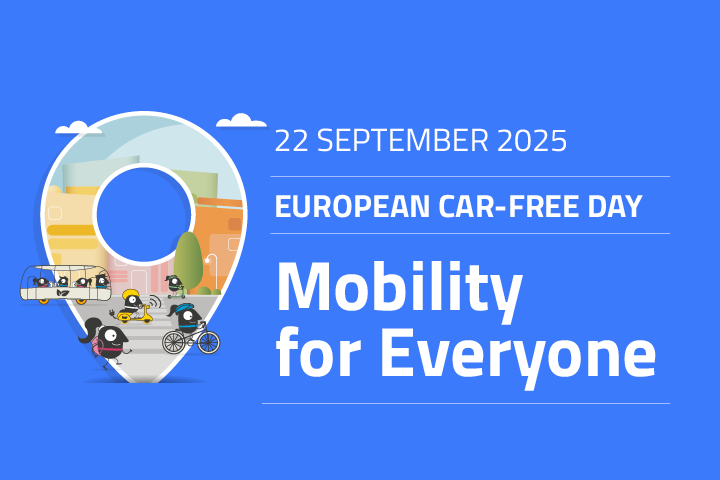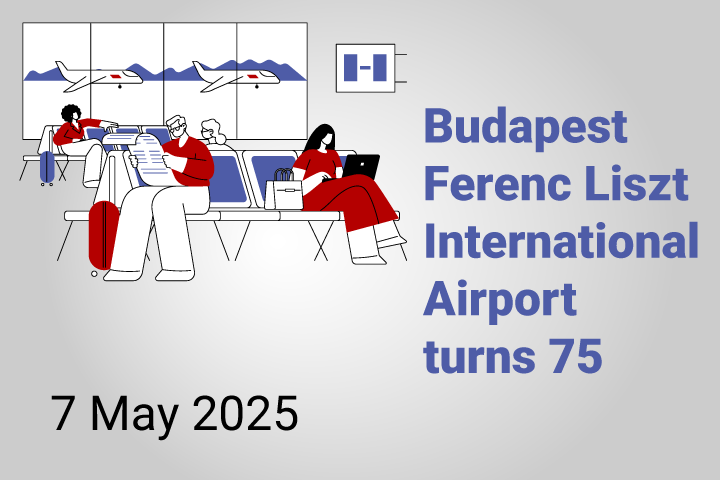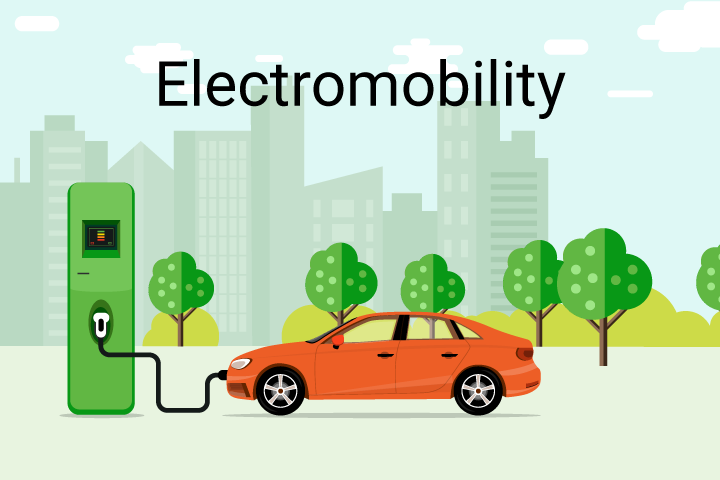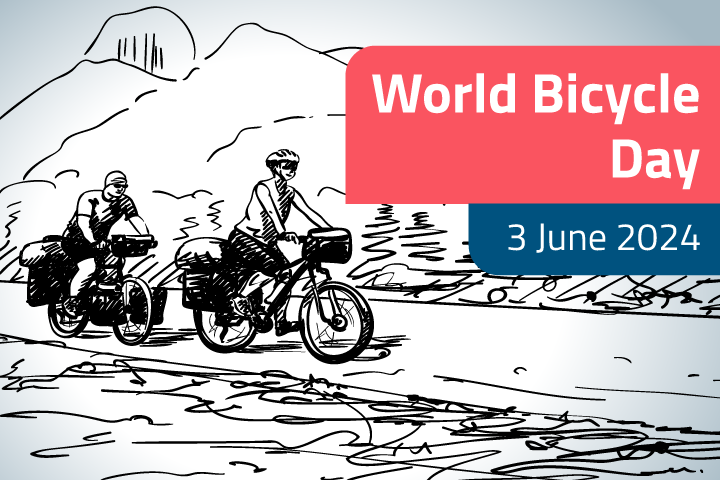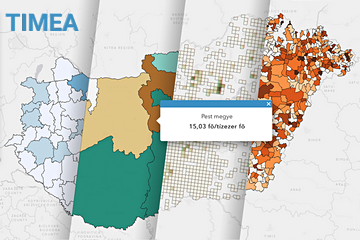Transport
Transport statistics is about performances related to forwarding goods and the spatial movement of persons. Statistics on the movement of people have two main areas: interurban passenger transport (public transport between two settlements) and local passenger transport (public transport within a settlement). It also monitors the transport infrastructure involving rolling stock (e.g. number of passenger cars, buses) and built infrastructure (e.g. length of motorways, railway lines). Accident statistics take into account accidents in the country, with a special focus on road traffic accidents causing personal injury.
Key figures
Share of transport and storage in gross value added
Indicator description
Share of transport and storage in the gross value added of the national economy at current basic prices.
Source of data:
Summary Tables (STADAT)
Last data for period: 2024
Change in freight performance
Indicator description
Change in freight performance measured by freight tonne kilometres compared to the same period last year.
Source of data:
Summary Tables (STADAT)
Last data for period: Q3 2025
Change in passenger transport performance
Indicator description
Changes in passenger transport performance measured by passenger kilometres compared to the same period last year.
Source of data:
Summary Tables (STADAT)
Last data for period: Q3 2025
Number of passenger cars registered for the first time in Hungary
Indicator description
Number of passenger cars registered for the first time in Hungary.
Source of data:
Summary Tables (STADAT)
Last data for period: Q3 2025
Featured
HCSO Monitor
The collection of interactive figures provides up-to-date information on the latest domestic and international socio-economic trends. The decisive part of the figures included in HCSO Monitor are downloadable in both image and data formats (PNG, SVG and CSV). Feel free to browse the data in HCSO Monitor, updated many times a week!
Snapshots, 2024 - Transport
In 2024, the performance of freight transport and urban passenger transport in Hungary increased slightly, while that of interurban passenger transport grew significantly compared with the previous year. At the same time, the performance of the first two branches – particularly freight transport – still fell short of the pre-pandemic level recorded in 2019. The number of newly registered passenger cars exceeded the previous year’s figure by 9.0%, yet remained about one quarter below the peak reached in 2019.
Hungary in figures, 2023 – Highlighted data
At the aid of our infographic made using the main data in our publication titled Hungary in figures, 2023, we give a comprehensive picture of the socio-economic state of Hungary. There were 1,073 females per thousand males in Hungary at the beginning of 2024. Life expectancy at birth rose to the highest level yet in 2023 (to 73.4 years for males and 79.6 years for females). Over a quarter of manufacturing output was made up by the manufacture of transport equipment.
22 September 2025, European Car-Free Day – Mobility for Everyone
In 2025, European Mobility Week (16–22 September) is held for the twenty-fourth time, and it ends in Car-Free Day. This series of events aims to draw attention to the problems caused by increased car traffic – air pollution, noise, congestion and accident risks among others –, and, as an alternative, to popularise environment-friendly and sustainable (micro)mobility – public transport, cycling and walking. The number of passenger cars has risen more than four-fold (to 4.3 million) in Hungary since 1980, while passenger traffic in urban passenger transport has had a decreasing trend.
Statistical Yearbook of Hungary, 2024
The yearbook provides an overview of Hungary's demographic, social and economic trends, environmental characteristics and their changes over time, with the help of tens of thousands of data in some 500 tables, charts and maps. In the chapter devoted to earnings and incomes, it is a novelty compared to previous years that net earnings in which allowances and types of exemptions are accounted for, too, came into focus from 2019. In the number of employees, people working in working time shorter than 60 working hours per month are also taken into account. In addition, the theme of environment is completed with areas declared world heritage sites by UNESCO.
Yearbooks, pocketbooks, data repositories
A new sub-page has been added to the HCSO website, more than 400 yearbooks, pocketbooks and data collections, a total of a hundred thousand pdf format pages close to 150 thousand excel tables and several thousand static and interactive graphs and maps are available for download. The sub-page offers the possibility of filtering these yearbooks, pocketbooks and data collections by reference year, serial name, format (PDF, XLS) and supplements (graphs, maps). Users may compile their own list of publications based on the year- and pocketbooks, data collections, adequate to their interests.
Hungary 2024 – The Sectoral Overview
Our series of infographics, based on the most important data from the Hungarian-language publication Hungary, 2024 provides a comprehensive picture of the social and economic state of our country and the main characteristics of our environment. The next infographic in the series presents the main data of the sectoral overview. The English extract from the publication is available here: Hungary, 2024, and the full Hungarian-language version here: Magyarország, 2024.
Hungary, 2024
Hungary’s GDP increased by 0.5% amid global challenges in 2024. The performance of goods-producing industries lessened, while that of service-providing ones rose, which shows the duality of economic trends. Household consumption picked up, which was considerably encouraged by the purchasing power of earnings growing again with the inflationary wave calming down. Besides, the data series reveal that the level of employment reached another peak.
Budapest Ferenc Liszt International Airport turns 75
In 2025, Budapest Ferenc Liszt International Airport celebrates its 75th anniversary. The airport, which started operating in 1943, was rebuilt after suffering severe damage in the Second World War and the inauguration ceremony of the new complex took place on 7 May 1950. The initial passenger traffic of 50 thousand rose to 17.6 million in 2024, surpassing the record year before the outbreak of the coronavirus pandemic.
Record passenger traffic at Budapest Ferenc Liszt International Airport
Passenger traffic at Budapest Ferenc Liszt International Airport has exceeded the same period of the previous year in every month since April 2021. Nearly 1.3 million passengers passed through the airport in January 2025, up 17.5% year-on-year and an all-time high for the first month. This is more passengers in one month than the total for the period between April 2020 and March 2021, which was heavily affected by the coronavirus epidemic.
The 20 most popular car brands in Hungary, 1963-2023
In 60 years, the number of passenger cars increased in Hungary 60-fold, (from 70 thousand to 4.2 million). Half of the early 1960s cars were Škoda, Moskvitch, or Trabant, by adding Lada and Wartburg, too, these five brands were present mostly on the roads of Hungary; Polski Fiat and Dacia joined the group in the 1980s. Since 1975 Lada was sold in the largest numbers; following the regime change, however, Western European (with Opel in the forefront) then Far Eastern passenger cars gradually replaced the late Comecon brands.
Related themes
Methodological information
Release and revision calendarPublication repertory

